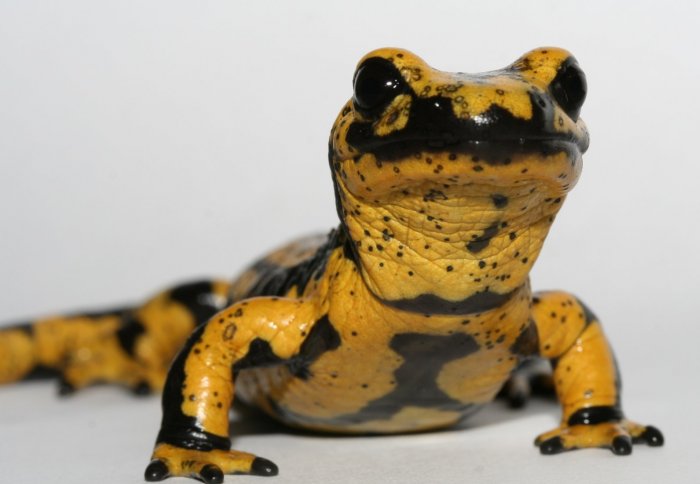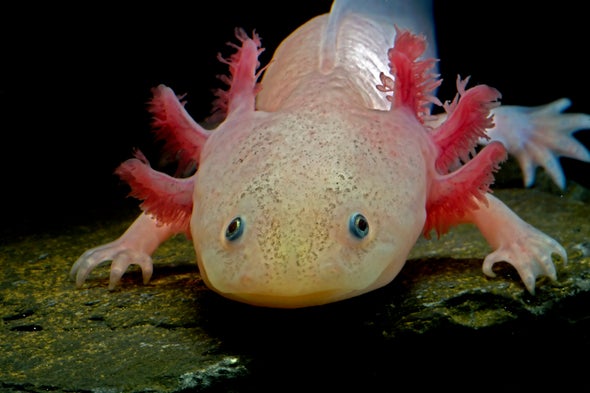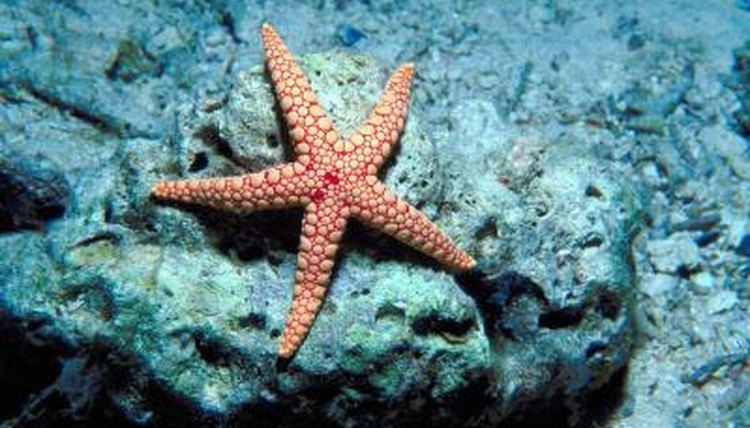
OR

Lost tails and broken hearts can be fixed – and one creature can even eat without a mouth.
Mexican tetra

Researchers in Mexico last week described how they are studying cave-dwelling tetra fish to better understand why some animals can regenerate tissue but others can’t. The scientists performed surgery to remove some of the heart of river fish and cavefish from the species Astyanax mexicanus, finding that while some river fish do regenerate tissue, the cavefish just grew scars over the damage.
Salamander
 The amphibious salamander can regrow a lost tail to full length. This process sees cells migrating to the wound and then slowly regenerating the tail within a few weeks. The finished appendage is completely functional and has all the features of the original, with the spinal cord and nerves growing back too.
The amphibious salamander can regrow a lost tail to full length. This process sees cells migrating to the wound and then slowly regenerating the tail within a few weeks. The finished appendage is completely functional and has all the features of the original, with the spinal cord and nerves growing back too.
Axolotl
 A relative of the salamander but even more skilled at regenerating is the axolotl. This animal can regenerate not just its tail but also limbs, skin and almost any other body part. Researchers found that each time a limb was removed, it regrew almost perfectly. The pale pink creature has since become the focus of research into human limb regeneration.
A relative of the salamander but even more skilled at regenerating is the axolotl. This animal can regenerate not just its tail but also limbs, skin and almost any other body part. Researchers found that each time a limb was removed, it regrew almost perfectly. The pale pink creature has since become the focus of research into human limb regeneration.
Starfish
 These five-limbed creatures can regrow arms that detach from their central disc, and some species have even been observed to complete the process in reverse: regrowing an entire body from a lost arm. To do this the starfish will store nutrients in the arm until it is able to regrow its mouth.
These five-limbed creatures can regrow arms that detach from their central disc, and some species have even been observed to complete the process in reverse: regrowing an entire body from a lost arm. To do this the starfish will store nutrients in the arm until it is able to regrow its mouth.
Sea cucumber
 This marine animal has a remarkable ability to mend its organs in short periods of time, regrowing damaged parts and healing deep wounds in as little as a week. This is a vital skill for the sea cucumber, however, as in order to defend itself from crabs or turtles, the creature often jettisons certain organs as a distraction technique.
This marine animal has a remarkable ability to mend its organs in short periods of time, regrowing damaged parts and healing deep wounds in as little as a week. This is a vital skill for the sea cucumber, however, as in order to defend itself from crabs or turtles, the creature often jettisons certain organs as a distraction technique.
You May Like This

Not a single farm animal that died during Mustang snowfall was insured
POKHARA, March 14: It has been revealed that not a single animal which perished during a heavy snowfall in Mustang... Read More...

Have mercy on animals
Raising and killing of animals are becoming one of the greatest exploitative industries in the world. Nepal is a minor... Read More...

Reflectors installed on stray animals
BHAKTAPUR, June 19: The District Livestock Office, Bhaktapur, Livestock Welfare Society, Help Animal India and Vet for Your Pet have... Read More...

Just In
- Dr Ram Kantha Makaju Shrestha: A visionary leader transforming healthcare in Nepal
- Let us present practical projects, not 'wish list': PM Dahal
- President Paudel requests Emir of Qatar to initiate release of Bipin Joshi
- Emir of Qatar and President Paudel hold discussions at Sheetal Niwas
- Devi Khadka: The champion of sexual violence victims
- Nagarik Nayak Felicitation (Live)
- Qatar Emir in Kathmandu, President and Prime Minister welcome Emir at TIA (In Photos)
- NRM Director Gyawali inaugurates Nagarik Nayak 2081










_20240423174443.jpg)





Leave A Comment